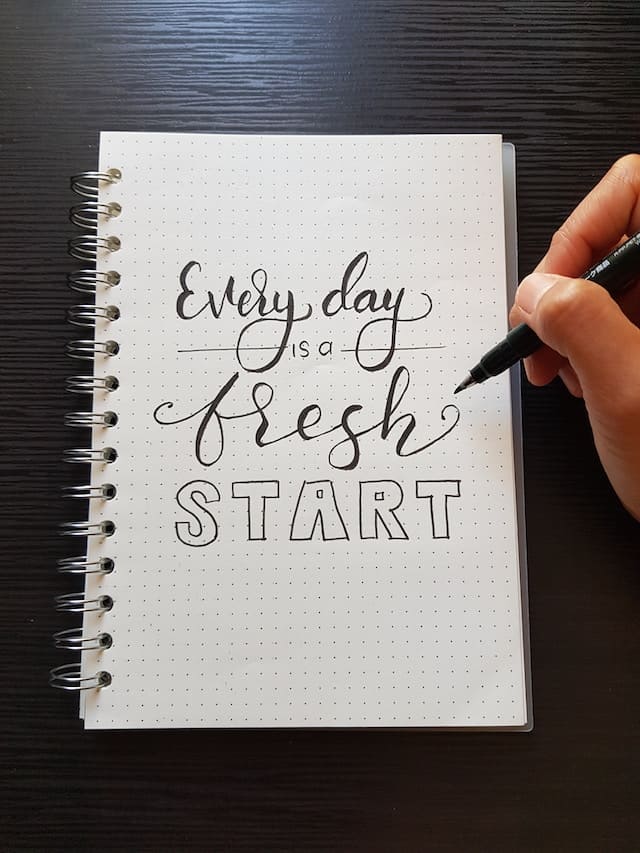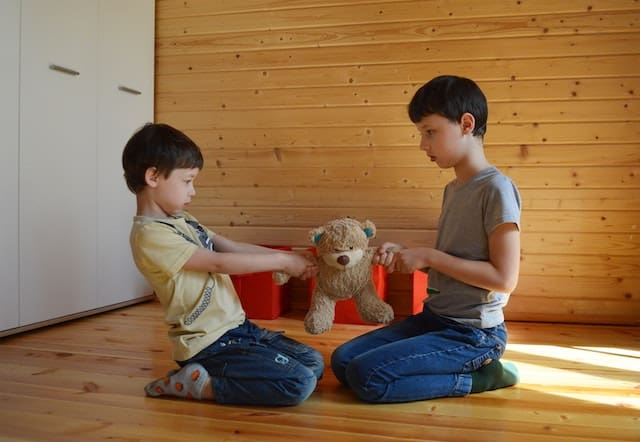Welcome, fellow educators, to this comprehensive guide on classroom management! As teachers, we understand that a well-managed classroom is essential for creating a positive and productive learning environment. Effective classroom management sets the stage for meaningful instruction, fosters student engagement, and promotes a sense of community within the classroom. It is the cornerstone of a successful teaching experience.
In today’s dynamic educational landscape, classrooms are diverse, vibrant spaces with unique challenges and opportunities. As teachers, we play a critical role in creating a structured and nurturing environment that supports students’ academic, social, and emotional growth. Classroom management is the art of orchestrating these elements harmoniously, ensuring that students feel safe, motivated, and empowered to reach their full potential.
This guide aims to provide you with a comprehensive toolkit of essential tips, strategies, and best practices to help you establish and maintain a well-managed classroom. We will delve into various aspects of classroom management, including setting clear expectations, building positive relationships with students and parents/guardians, effective communication, organizing the classroom environment, implementing engaging instructional strategies, managing transitions, addressing conflicts and behavior issues, promoting self-care and well-being, and involving parents in the process.
Setting the Stage
By mastering the art of classroom management, you will create an environment where students thrive academically, socially, and emotionally. You will be able to foster a positive and inclusive classroom culture that encourages active participation, collaboration, and critical thinking. Moreover, effective classroom management will help you maximize instructional time, minimize disruptions, and create a conducive space for learning.
While each classroom is unique and presents its own set of challenges, the principles and strategies discussed in this guide can be applied and adapted to various educational settings. Whether you are a new teacher looking to establish a strong foundation or an experienced educator seeking to enhance your classroom management skills, this guide will provide you with valuable insights and practical tools to elevate your teaching practice.
So, let’s embark on this journey together and discover the key ingredients for successful classroom management. Get ready to empower your students, create an engaging learning environment, and make a lasting impact on their educational journey. Your dedication to effective classroom management will undoubtedly transform the lives of your students and contribute to their long-term success. Let’s begin this transformative adventure now!
Establishing Clear Expectations
First and foremost, setting clear expectations is crucial for effective classroom management. Take the time to explicitly communicate your behavioral and academic expectations to your students. Create a list of rules and procedures that outline acceptable behavior, routines, and classroom procedures. Be sure to explain the rationale behind each expectation and encourage student input to foster a sense of ownership. By setting clear expectations from the beginning, you provide students with a roadmap for success and create a structured learning environment.
Building Positive Relationships with Students
Building positive relationships with your students is a cornerstone of successful classroom management. Take the time to get to know your students individually, showing genuine interest in their lives and fostering a sense of belonging. Greet them warmly, listen actively, and provide emotional support when needed. By building positive relationships, you establish trust and mutual respect, which in turn promotes student engagement and cooperation in the classroom.
Building Positive Relationships with Parents/Guardians
Building positive relationships with your students’ parents or guardians is as important as fostering relationships with the students themselves. Actively seek opportunities to connect with parents, whether through parent-teacher conferences, regular communication via email or newsletters, or by organizing family engagement events. Listen attentively to their concerns, value their insights, and celebrate their child’s achievements. Establishing open lines of communication and building trust with parents or guardians creates a collaborative partnership that benefits the student, strengthens classroom management efforts, and supports the overall success of the learning community.

Effective Classroom Organization
A well-organized classroom is essential for smooth transitions and efficient use of instructional time. Take the time to establish consistent routines for entering and exiting the classroom, distributing materials, and transitioning between activities. Clearly label and organize materials, supplies, and resources to promote easy access for both you and your students. Consider the physical layout of your classroom, ensuring that it is conducive to collaboration and movement. An organized classroom sets the stage for effective instruction and minimizes distractions.
Establishing and Reinforcing Classroom Rules
Once you have established clear expectations, it is crucial to consistently enforce and reinforce the classroom rules. Be proactive in addressing behavior issues, intervening early to prevent escalation. Use positive reinforcement to acknowledge and reward desired behavior, such as verbal praise, certificates, or a class reward system. Likewise, address misbehavior promptly, employing appropriate consequences that are fair and consistent. By consistently reinforcing the rules, you establish a culture of accountability and promote a respectful and focused learning environment.
Effective Classroom Communication
Clear and effective communication is key to successful classroom management. Use concise and specific language to convey instructions and expectations to your students. Use nonverbal cues, such as hand signals or visual reminders, to support your verbal instructions. Actively listen to your students, valuing their perspectives and providing opportunities for open dialogue. Keep parents informed about classroom happenings through regular communication channels, such as newsletters, emails, or parent-teacher conferences. Effective communication builds trust, facilitates understanding, and fosters a positive classroom climate.
Implementing Engaging Instructional Strategies
Engaging instructional strategies play a vital role in maintaining a well-managed classroom. Incorporate avariety of instructional methods that cater to diverse learning styles and interests. Use interactive and hands-on activities to promote active engagement, such as cooperative learning, group discussions, and project-based learning. Integrate technology tools and multimedia resources to enhance the learning experience. By keeping students actively involved in the learning process, you minimize off-task behavior and maintain a focused classroom environment.
Managing Transitions Effectively
Transitions can be challenging moments in the classroom, as they often disrupt the flow of instruction. However, with effective management strategies, transitions can be smooth and efficient. Provide clear expectations for transitions and practice them regularly with your students. Use transition signals, such as chimes or countdowns, to alert students of upcoming transitions. Assign specific roles or responsibilities to students during transitions, such as line leader or materials distributor, to maintain order. By managing transitions effectively, you maximize instructional time and minimize disruptions.
Addressing Conflict and Behavior Issues
In any classroom, conflicts and behavior issues may arise. It is important to address these situations promptly and appropriately. When conflicts occur, employ conflict resolution strategies that encourage active listening, empathy, and problem-solving skills. If behavior issues persist, implement a progressive discipline approach that provides clear consequences and opportunities for reflection and growth. Remember to separate the behavior from the student, focusing on correcting actions rather than attacking the individual. By addressing conflicts and behavior issues in a positive and constructive manner, you foster a safe and supportive classroom community.
Addressing Conflict and Behavior Issues with Parents/Guardians
In any classroom, conflicts and behavior issues may arise, and it is important to address them promptly and effectively with the involvement of parents or guardians. When conflicts occur, strive to create a supportive and respectful atmosphere where parents and teachers can collaborate to find solutions. Initiate open and honest conversations with parents to gather additional insights into their child’s behavior and explore possible strategies for improvement. Seek their input on developing behavior plans or interventions that can be implemented consistently both at school and at home. By involving parents in the process, you demonstrate your commitment to supporting their child’s overall growth and development.

Self-Care and Well-being
Lastly, but certainly not least, prioritize your own self-care and well-being. Teaching can be demanding, and it is essential to take care of yourself to be an effective teacher. Make time for hobbies, exercise, and relaxation activities to recharge and reduce stress. Seek support from colleagues, mentors, or professional development opportunities to enhance your teaching skills and address any challenges you may face. By nurturing your well-being, you model self-care for your students and maintain the energy and enthusiasm needed for successful classroom management.
Parent Education and Involvement Opportunities
In addition to building positive relationships and addressing behavior concerns, offering parent education and involvement opportunities can further strengthen your classroom management efforts. Host parent workshops or information sessions on topics such as effective study habits, homework support, or fostering a growth mindset. Encourage parents to volunteer in the classroom, share their expertise, or contribute to special projects or events. By providing parent education and involvement opportunities, you empower parents to actively participate in their child’s education and establish a sense of community within your classroom.
As teachers, we know that successful classroom management goes beyond the interactions we have with our students within the confines of our classrooms. Building positive relationships with parents and guardians is a vital component of effective classroom management. By establishing clear expectations, maintaining open lines of communication, involving parents in decision-making processes, addressing behavior concerns collaboratively, and providing parent education and involvement opportunities, we create a strong support system that benefits our students’ learning experiences. Remember, each parent or guardian is a valuable partner in their child’s education journey, and by nurturing these relationships, we ensure a well-managed and a thriving classroom environment. Here’s to building fruitful connections and successful classroom management!




Pingback: Developing a Classroom Routine (and Sticking to It)